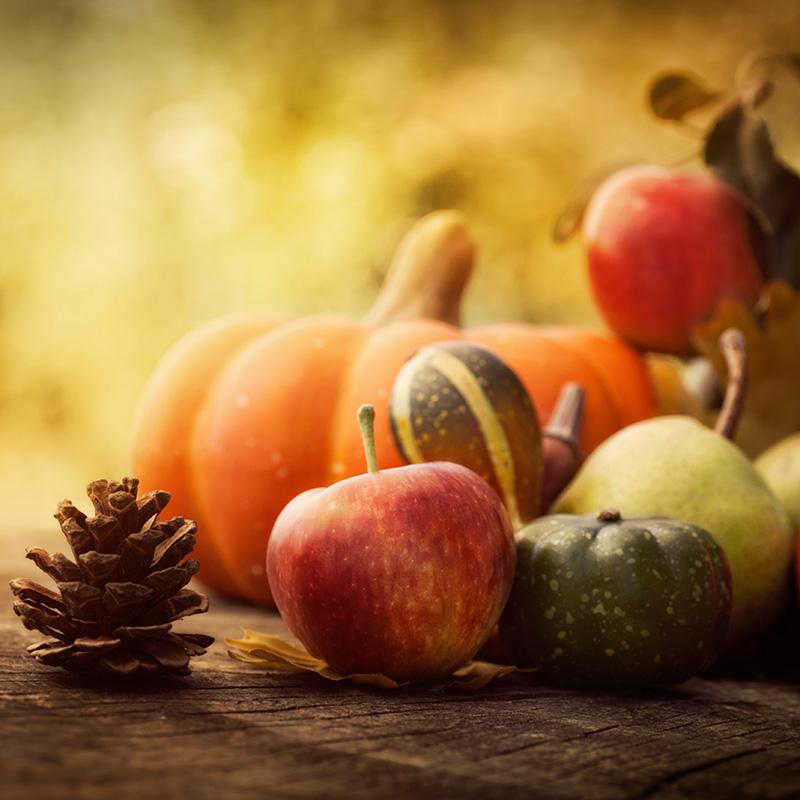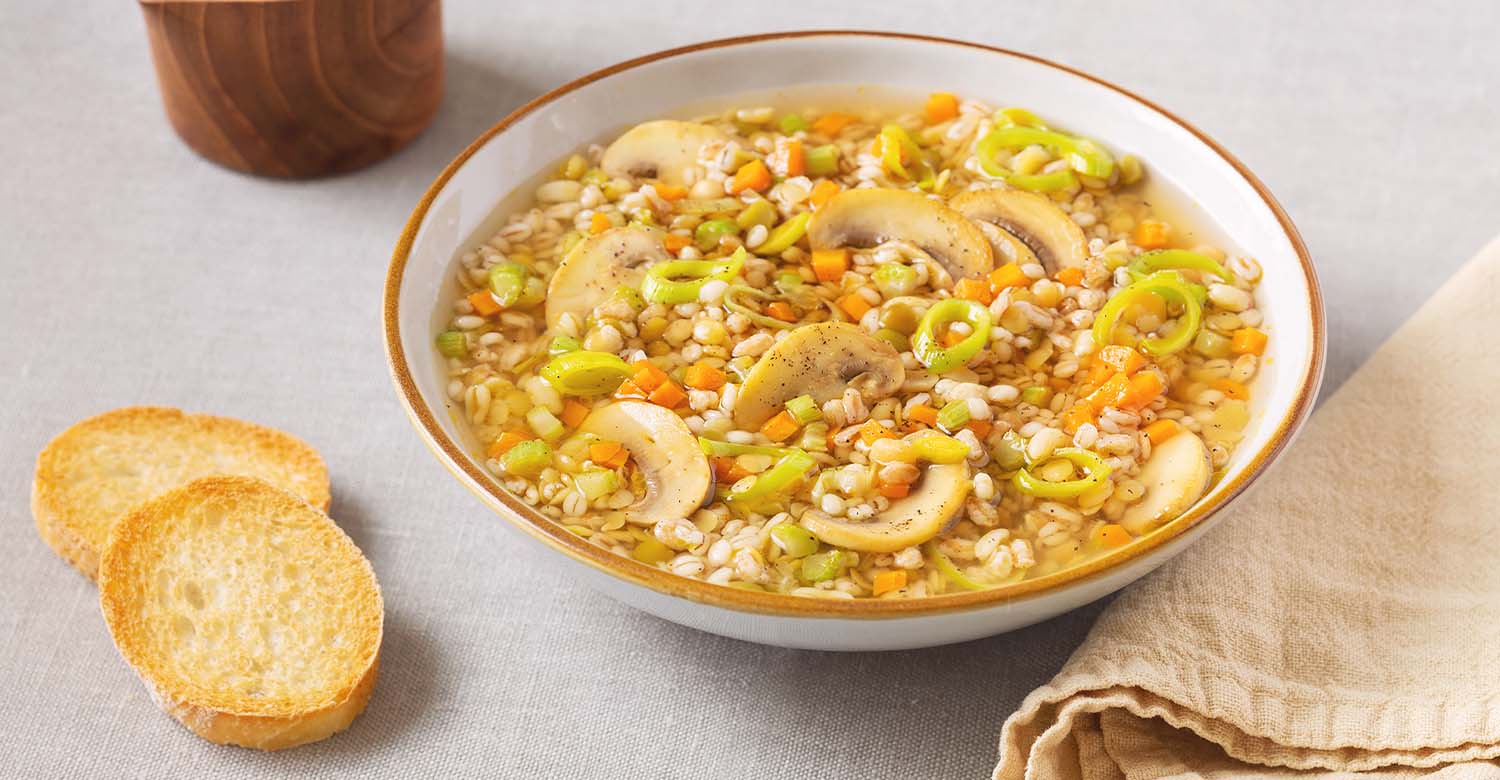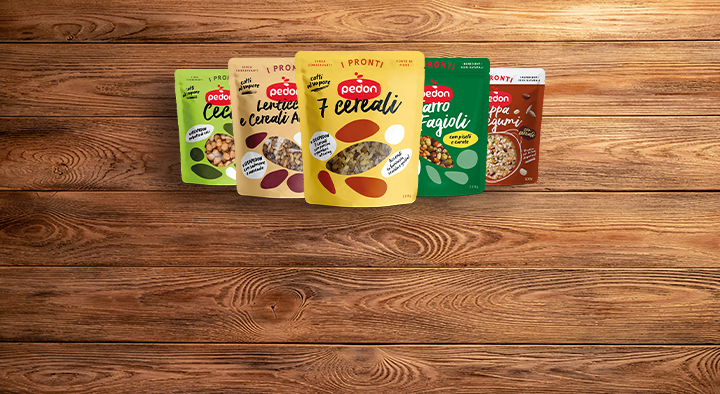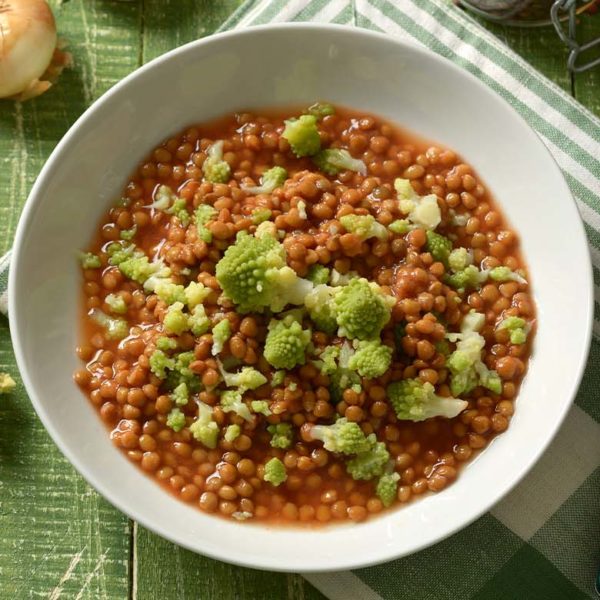
Make way for the SEASONALITY of FOOD !
Even though nature supplies us with everything we need when it comes to food throughout the year, the concept of the seasonality has been somewhat shelved due to the hectic lifestyles that many of us are forced to lead.
This unhealthy behaviour has led us to not pay much attention to when and what we should eat. Fortunately, this trend has been reversed lately thanks to the growing attention to the quality of the products we eat and the widespread awareness of how food affects our psychophysical health.
Even though we are used to eating tomatoes and zucchini all year round, how nutritious and healthy can these foods really be in November? Would it not be better to prefer the consumption of vegetables that grow and ripen during the period in which we find them on the farmer’s market?
Let’s understand why it is so important to respect the seasonality of food and let’s see how we can have a healthy and balanced diet taking advantage of what our beautiful country has in terms of the variety of climate, territory and production it has to offer.
The advantages of seasonality
Although we can find tomatoes all year round, cherries at Christmas and oranges in the middle of summer, following the rhythm of the seasons allows foods to grow and mature in a healthy and natural way thus making an eco-friendly choice.
Among the main advantages of food seasonality1:
- It is good for health – This is the main benefit, seasonality allows our body to absorb all the nutrients we need at that specific time of year: in summer, fruit and vegetables rich in water and mineral salts (watermelon, melon and lettuce) help against the heat and UV rays, while red and orange foods are rich in antioxidants (peaches, apricots, tomatoes and carrots); in the winter months nature gives us the fundamental vitamin C nutrients found in citrus fruits, which help fight against colds and help strengthen our immune system;
- It is good for the environment – Growing products out of season requires the use of greenhouses and consequently heating and energy, as well as the use of fertilizers and pesticides to combat the effects of humidity and the proliferation of bacteria: these are all environmental costs that are reduced when respecting seasonality;
- It helps us save money – The price of out-of-season products is always higher than that of seasonal food since the original cost must be added to that of greenhouse production and maintenance in cold rooms to preserve them;
- It preserves the taste of food – A summer vegetable will not have the same flavour in winter: the degree of ripeness of a vegetable or fruit, besides its nutritional intake, also affects taste.
Changing seasons: what to eat in autumn
Our bodies are called to adapt to the drop in temperatures and the reduction in daylight hours. The decrease in serotonin levels (the so-called feel-good hormone), accompanied by the increase of melatonin (substance that regulates the sleep-wake cycle), lead to fatigue, low spirits and a weakened immune system. This is not always easy to get used to, but the most difficult side-effects can be fought against with the help of seasonal autumnal foods.
Here are the main autumn protagonists in the seasonal calendar of fruits, vegetables, legumes and grains2
- Pulses
From lentils to beans, chickpeas to peas, pulses are foods to be eaten freely even in autumn, taking advantage of the energy intake guaranteed by their fibre and protein content, both as a main dish as well as in combination with other seasonal grains.
- Grains
Among the seasonal grains to be preferred these months are oats: they are rich in carbohydrates, mineral salts and tryptophan (a precursor of serotonin) which gives us energy and counteracts the autumn blues. Do not forget barley, spelt, millet and buckwheat too.
- Vegetables
The best seasonal vegetables to put on the table in autumn are leafy greens, such as chard, spinach and cabbage: they are full of vitamins, and, in addition to being anti-ageing, they also protect us against seasonal flu. Make way for pumpkins, to fill up on minerals (sodium, potassium, iron, magnesium) and vitamins (group A, B and C) as well as carrots that, thanks to beta-carotene (precursor of vitamin A), have antioxidant properties for skin, heart and eyes. The consumption of beets, radicchio and radishes is perfect against rheumatism and arthritis that worsen when the temperatures drop.
Discover our easy and tasty autumn recipe Grain and pulse soup with button mushrooms and rosemary oil, perfectly suited to the season

- Fruit
Oranges and mandarins, rich in vitamin C to strengthen the immune system and slow down the ageing of cells, are fruits that should always be part of an autumnal diet. While apples help us keep our glycemic index and consequent weigh gain at bay thanks their pectin content, pears are good for a healthy gut due to their precious fibre content.
Of course, we at Pedon also favour the choice of seasonal foods, seeing as we have always focused on providing nutritious, tasty and balanced meals. Let’s take a look at some meals from the I pronti range, such as our grain products (Spelt and 7 grains) and the Mix of grains and pulses (Sorghum and Chickpeas and Chickpeas and whole-grain Spelt), as well as the innovative Mix with vegetables, where pulses and grains are accompanied by seasonal and super-healthy carrots (Spelt and Beans with Peas and Carrots) for a truly perfect union.
Pulses and grains, with their precious carbohydrates and proteins, are “default” ingredients that are ever-present on our tables; our products can also be used to create imaginative and incredibly healthy dishes with the addition of fresh seasonal vegetables. This results in delicious and nutritious recipes that fully indulge in the autumnal mood: among these are Roasted Broccoli and Barley and Orzotto with Porcini mushrooms and Rosemary Chickpeas.
Bibliography
- “La Stagionalità degli Alimenti”, Unisalus Centro Medico Specialistico – Dott. Mauro Martini Dietologo e Direttore Sanitario del Centro Medico Unisalus, Source centromedicounisalus.it
- “Cambio di stagione: cosa mangiare in autunno per restare in salute e ritrovare una forma perfetta”, TAG Medicina Quotidiano medico online – Dott.ssa Silvana Di Martino Nutrizionista e Ricercatrice, Source tagmedicina.it

Versatile, balanced, very tasty.
Ready to eat, without cooking.

 Torna al menu
Torna al menu

